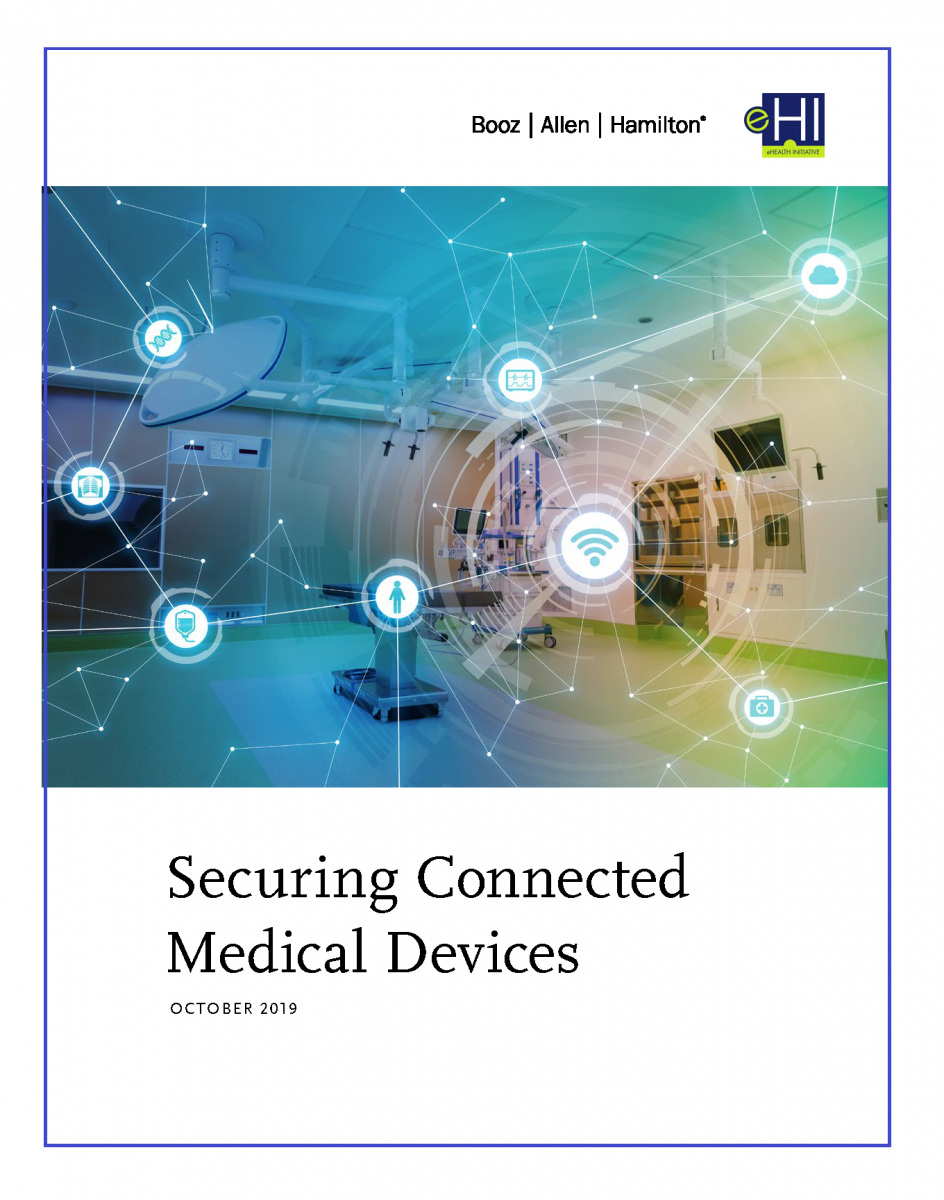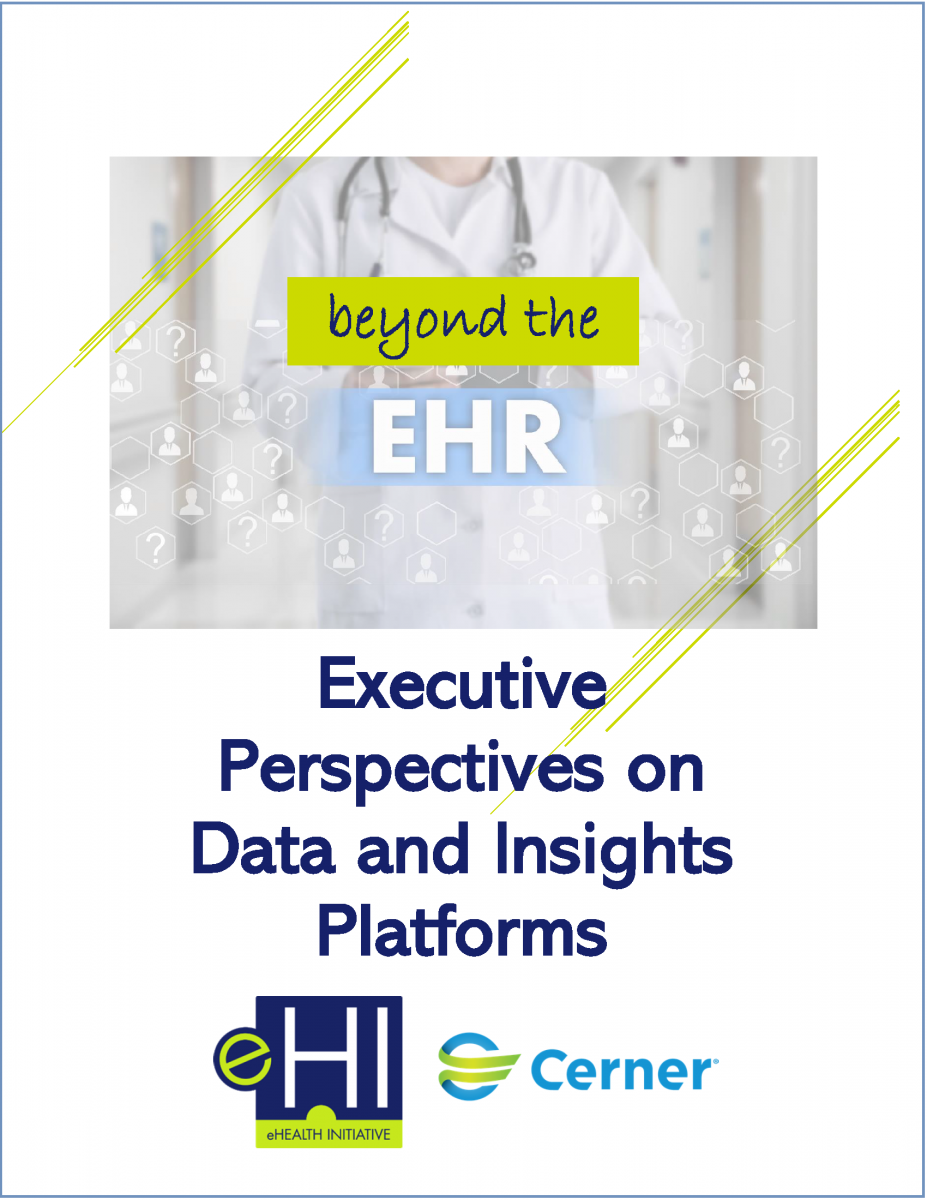Topic intro description here. Limited to 145 characters. Topic intro description here. Limited to 145 characters. Topic intro description here.
AI Policies Are Setting Stage To Transform Healthcare But More Is Needed
AI Policies Are Setting Stage To Transform Healthcare But More Is Needed
White House and federal leaders have been working behind the scenes to lay the groundwork to use technology for dramatic improvements in healthcare. Since the announcement of the Artificial Intelligence (AI) Initiative earlier this year there has been increased funding and agency proposals that will lead to more accurate diagnoses, earlier treatments and ultimately empower patients be in control of their own health. But even more attention is needed to keep America competitive on the global AI front.
The full Forbes article can be found at this link.
Building a Secure Biomedical Data Sharing Decentralized App: Tutorial
Building a Secure Biomedical Data Sharing Decentralized App: Tutorial
Decentralized apps (DApps) are computer programs that run on a distributed computing system, such as a blockchain network. Unlike the client-server architecture that powers most internet apps, DApps that are integrated with a blockchain network can execute app logic that is guaranteed to be transparent, verifiable, and immutable. This new paradigm has a number of unique properties that are attractive to the biomedical and health care communities. However, instructional resources are scarcely available for biomedical software developers to begin building DApps on a blockchain. Such apps require new ways of thinking about how to build, maintain, and deploy software. This tutorial serves as a complete working prototype of a DApp, motivated by a real use case in biomedical research requiring data privacy. We describe the architecture of a DApp, the implementation details of a smart contract, a sample iPhone operating system (iOS) DApp that interacts with the smart contract, and the development tools and libraries necessary to get started. The code necessary to recreate the app is publicly available.
The full article can be downloaded below.
Urbanization Leaves Rural America In A Health Care Crisis
Urbanization Leaves Rural America In A Health Care Crisis
Declining birth rates and an aging population have impacted American migration patterns for decades. But according to the USDA’s Economic Research Service, between 2010 and 2017, almost 1,000 rural counties in the U.S. recorded more deaths than births. Add in migration patterns of people moving from rural areas of the country to more urban and suburban regions, and we find that in 2019 only 20% of Americans live in rural areas - which accounts for a surprising 97% of U.S. land mass.
But the implications of these population shifts greatly exceed the economic and housing needs of the region. Population change also means significant changes in health care need, demand and access. According to the National Institute for Health Care Management (NIHCM), “As urbanization increases, an older, sicker and poorer population remains in rural America.” What this really means is that those Americans living in rural areas of the country have much greater health issues, and far fewer health resources.
The full Forbes article can be found at this link.
Dissecting racial bias in an algorithm used to manage the health of populations
Dissecting racial bias in an algorithm used to manage the health of populations
Health systems rely on commercial prediction algorithms to identify and help patients with complex health needs. We show that a widely used algorithm, typical of this industry-wide approach and affecting millions of patients, exhibits significant racial bias: At a given risk score, Black patients are considerably sicker than White patients, as evidenced by signs of uncontrolled illnesses. Remedying this disparity would increase the percentage of Black patients receiving additional help from 17.7 to 46.5%. The bias arises because the algorithm predicts health care costs rather than illness, but unequal access to care means that we spend less money caring for Black patients than for White patients. Thus, despite health care cost appearing to be an effective proxy for health by some measures of predictive accuracy, large racial biases arise. We suggest that the choice of convenient, seemingly effective proxies for ground truth can be an important source of algorithmic bias in many contexts.
The full article can be downloaded below.
WEBINAR - Connecting Communities: HIEs and Social Determinants of Health
The vast majority of U.S. healthcare dollars and patient care efforts are currently spent on clinical factors and are not addressing the underlying socioeconomic and behavioral factors that greatly impact patient health. These forces, referred to as social determinants of health (SDOH), give providers and health plans meaningful insights into the health of their patient populations. SDOH data, which includes information on housing, income, crime, education, transportation, domestic circumstances, and food insecurity, allows stakeholders to proactively identify and treat those most at risk.
An integrated web application for decision support and automation of EHR workflow: a case study of current challenges to standards-based messaging and scalability from the EMBED trial
An integrated web application for decision support and automation of EHR workflow: a case study of current challenges to standards-based messaging and scalability from the EMBED trial
Computerized clinical decision support (CDS) faces challenges to interoperability and scalability. Centralized, web-based solutions offer a mechanism to share the cost of CDS development, maintenance, and implementation across practices. Data standards have emerged to facilitate interoperability and rapid integration of such third-party CDS. This case report describes the challenges to implementation and scalability of an integrated, web-based CDS intervention for EMergency department-initiated BuprenorphinE for opioid use Disorder which will soon be evaluated in a trial across 20 sites in five healthcare systems. Due to limitations of current standards, security concerns, and the need for resource-intensive local customization, barriers persist related to centralized CDS at this scale. These challenges demonstrate the need and importance for future standards to support two-way messaging (read and write) between electronic health records and web applications, thus allowing for more robust sharing across health systems and decreasing redundant, resource-intensive CDS development at individual sites.
The full case report can be downloaded below.
Securing Connected Medical Devices
 eHealth Initiative & Foundation (eHI) and Booz Allen Hamilton, released a joint report, Securing Connected Medical Devices, to help industry stakeholders address the challenges associated with the cyber security of connected medical devices. The rise of connected medical devices – which are devices that connect or integrate with other systems (e.g., other devices, tools, networks, services) – represent significant innovations in patient care. These innovations face new and diverse threats not previously in existence. As soon as a medical device is connected in some way – either wirelessly or wired, using a persistent connection or one that is transient, either one-directional or bi-directional – the medical device becomes much easier to disrupt, and the potential disruption much more severe. The medical device ecosystem is at a critical moment where strong leadership across industry, government, and the public is needed to prepare for a secure connected future.
eHealth Initiative & Foundation (eHI) and Booz Allen Hamilton, released a joint report, Securing Connected Medical Devices, to help industry stakeholders address the challenges associated with the cyber security of connected medical devices. The rise of connected medical devices – which are devices that connect or integrate with other systems (e.g., other devices, tools, networks, services) – represent significant innovations in patient care. These innovations face new and diverse threats not previously in existence. As soon as a medical device is connected in some way – either wirelessly or wired, using a persistent connection or one that is transient, either one-directional or bi-directional – the medical device becomes much easier to disrupt, and the potential disruption much more severe. The medical device ecosystem is at a critical moment where strong leadership across industry, government, and the public is needed to prepare for a secure connected future.
Executive Perspectives on Data and Insights Platforms - Beyond the EHR
Da ta and insights platforms are helping healthcare stakeholders manage large volumes of data amongst and between systems, while connecting members of a care team, including the actual patient. The insights gleaned from data and analytics is proving invaluable, and healthcare stakeholders need systems that offer a smooth pathway toward sustainability. Data will continue to be the most valuable asset in managing current and future business models. As organizations grapple with ways to manage the huge volumes of data collected across the healthcare industry, these platforms are helping to create data-centric strategies focused on managing both the entire lifecycle of data and longitudinal, whole person care for any circumstance that could affect health. Data and insights platforms are the waves of the future. Read our report to hear industry perspectives on platforms.
ta and insights platforms are helping healthcare stakeholders manage large volumes of data amongst and between systems, while connecting members of a care team, including the actual patient. The insights gleaned from data and analytics is proving invaluable, and healthcare stakeholders need systems that offer a smooth pathway toward sustainability. Data will continue to be the most valuable asset in managing current and future business models. As organizations grapple with ways to manage the huge volumes of data collected across the healthcare industry, these platforms are helping to create data-centric strategies focused on managing both the entire lifecycle of data and longitudinal, whole person care for any circumstance that could affect health. Data and insights platforms are the waves of the future. Read our report to hear industry perspectives on platforms.
A Health Information System That Puts People First
A Health Information System That Puts People First
Healthcare providers that prioritize cost control over innovative care do their patients—and the people that work for them—a serious disservice. Investing in technology that augments patient centered solutions not only turns a profit, but more importantly gives struggling health systems the data, tools, and collective understanding needed to improve human health.
That is precisely what happened at NYU Langone Health, where a comprehensive, real time information system fuels a robust culture of accountability. By inspiring staff to reexamine how and why they work, the system helps the academic medical center drive down costs, elevate safety and quality standards, and above all achieve better patient outcomes.
The full Forbes article can be viewed at this link.
The use or generation of biomedical data and existing medicines to discover and establish new treatments for patients with rare diseases – recommendations of the IRDiRC Data Mining and Repurposing Task Force
The use or generation of biomedical data and existing medicines to discover and establish new treatments for patients with rare diseases – recommendations of the IRDiRC Data Mining and Repurposing Task Force
The number of available therapies for rare diseases remains low, as fewer than 6% of rare diseases have an approved treatment option. The International Rare Diseases Research Consortium (IRDiRC) set up the multistakeholder Data Mining and Repurposing (DMR) Task Force to examine the potential of applying biomedical data mining strategies to identify new opportunities to use existing pharmaceutical compounds in new ways and to accelerate the pace of drug development for rare disease patients. In reviewing past successes of data mining for drug repurposing, and planning for future biomedical research capacity, the DMR Task Force identified four strategic infrastructure investment areas to focus on in order to accelerate rare disease research productivity and drug development: (1) improving the capture and sharing of self-reported patient data, (2) better integration of existing research data, (3) increasing experimental testing capacity, and (4) sharing of rare disease research and development expertise. Additionally, the DMR Task Force also recommended a number of strategies to increase data mining and repurposing opportunities for rare diseases research as well as the development of individualized and precision medicine strategies.
The full article can be downloaded below.
